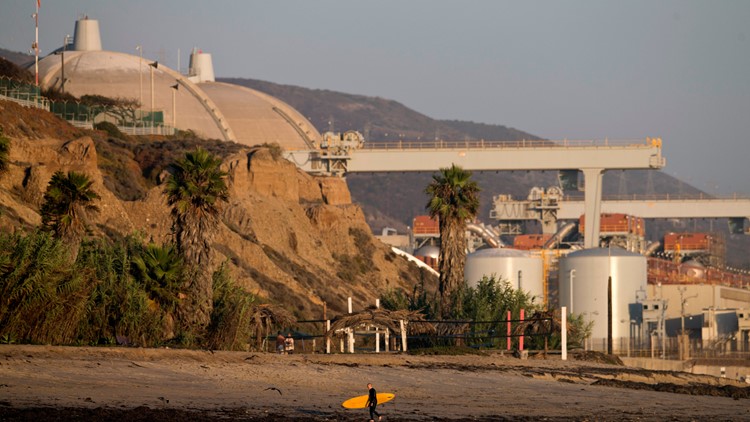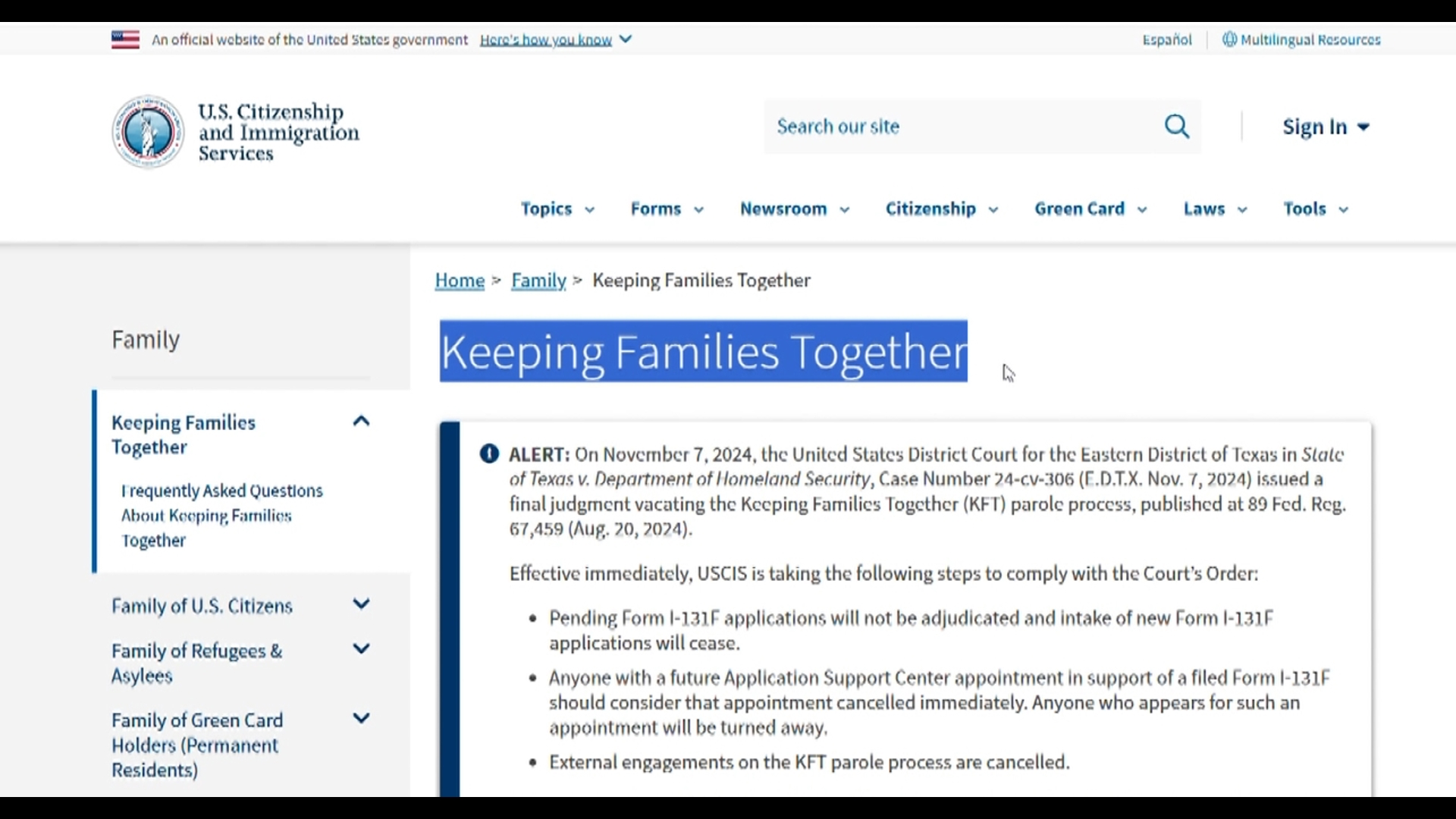LAGUNA NIGEL, Calif. (AP) — Southern California's San Onofre nuclear power plant was permanently closed in 2013, but the site remains home to 3.5 million pounds (1.59 million kilograms) of nuclear waste that has nowhere else to go.
Members of a House subcommittee held a hearing Friday not far from the defunct plant to highlight the urgency behind efforts to build a long-term national repository for used radioactive fuel, a proposal that has languished for decades in Washington.
"The federal government has failed, and continues to fail, to find a solution to our country's nuclear waste problem," said Rep. Harley Rouda, a Democrat whose district is up the coast from the seaside San Onofre plant.
Even if a bipartisan agreement is reached soon, development of a site would be at least a decade away, he said. In the meantime, 8.4 million residents live within 50 miles (about 80 kilometers) of the plant, which is within sight of a busy freeway and in a region crossed by earthquake faults.
Nationally, one in three Americans lives within 50 miles of nuclear waste, Rouda said. The nation does "not have any more time to waste" to find a solution, he said, citing potential safety risks.
Development of a proposed long-term storage site at Nevada's Yucca Mountain was halted during the Obama administration, although the Trump administration has moved to restart the licensing process while the plan continues to face stiff resistance in Nevada. Meanwhile, proposals in New Mexico and Texas for temporary storage sites are also facing criticism. On Friday, New Mexico Gov. Michelle Lujan Grisham said she's opposed to plans to build the facility in her state.
Building a long-term storage site would lead to another question: How would the radioactive waste get there from nuclear power plants?
"There is not consensus about health and safety standards, including whether commercial spent fuel is safe where it is," said Don Hancock of the Southwest Research and Information Center, a nonprofit watchdog group. "If it is safe where it is, why move it? If it's not safe where it is, how can it be safe to transport through many other communities?"
During the hearing, Democratic Rep. Mike Levin, whose 49th District includes the plant site, urged federal regulators to increase oversight at San Onofre, which received approval in 2015 to move tons of highly radioactive fuel from storage pools into steel canisters sheathed by concrete.
Those transfers were halted about a year ago after a 50-ton canister of spent fuel was left hanging and at risk of being dropped rather than lowered 18 feet (5.5 meters) into a storage vault. Federal regulators later fined plant operator Southern California Edison $116,000.
Levin has asked the Nuclear Regulatory Commission to appoint a full-time inspector at the plant, which is no longer producing power. NRC Administrator Scott Morris told the panel it would take a change in policy by the commission.
The NRC has given Edison permission to resume transferring canisters filled with nuclear waste to the separate storage site. But the commission announced this month it will conduct surprise inspections at the plant to help make sure it's running smoothly.
Edison said in a statement that it strongly encourages action by Congress, but warned that "misrepresenting the science and potential consequences of spent nuclear fuel makes the challenge of finding a ... location for storage more difficult."
"The federal government must honor its decades-long obligation to create a permanent repository and begin the process of relocating spent nuclear fuel from reactor sites throughout the country," the company said.
San Onofre was shut down in January 2012 after a small radiation leak led to the discovery of extensive damage to hundreds of tubes inside the virtually new generators.
The plant never produced electricity again. Edison closed San Onofre for good in 2013 amid a fight with environmentalists over whether the plant was too damaged to restart safely.



